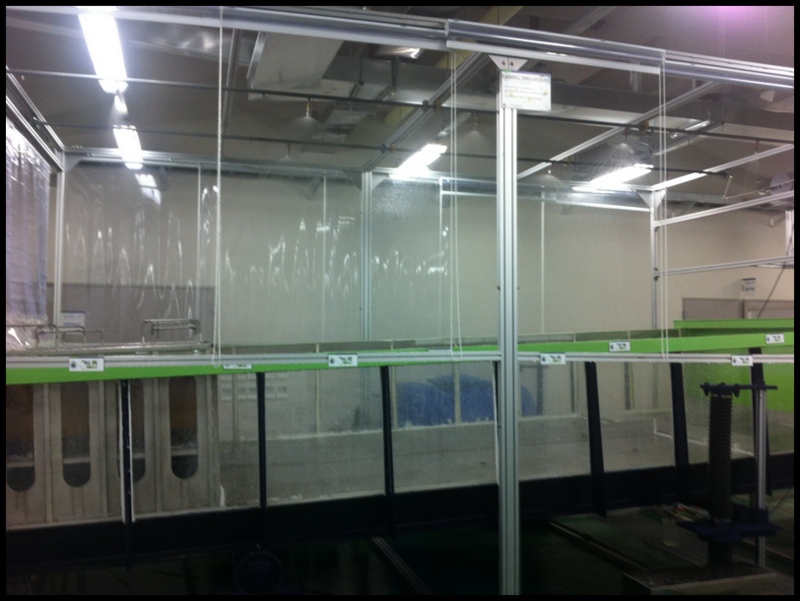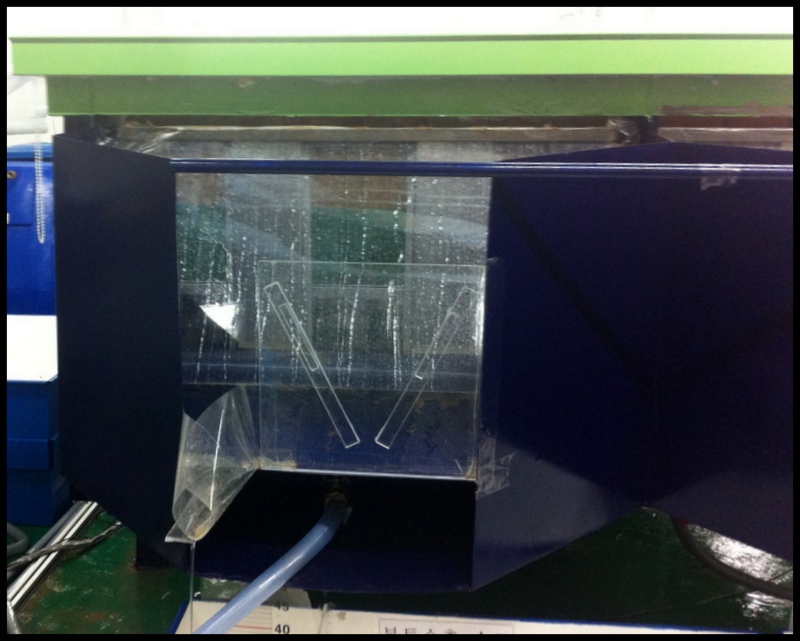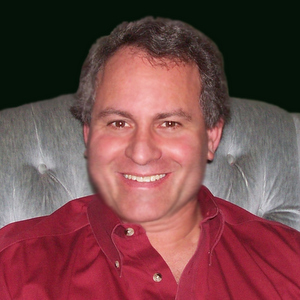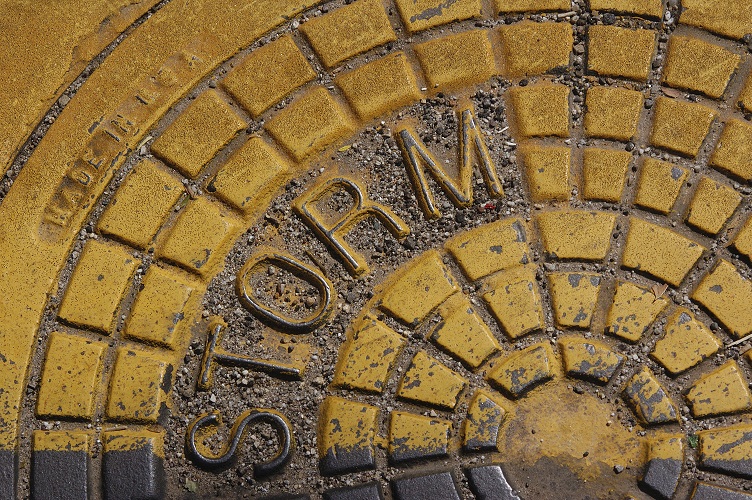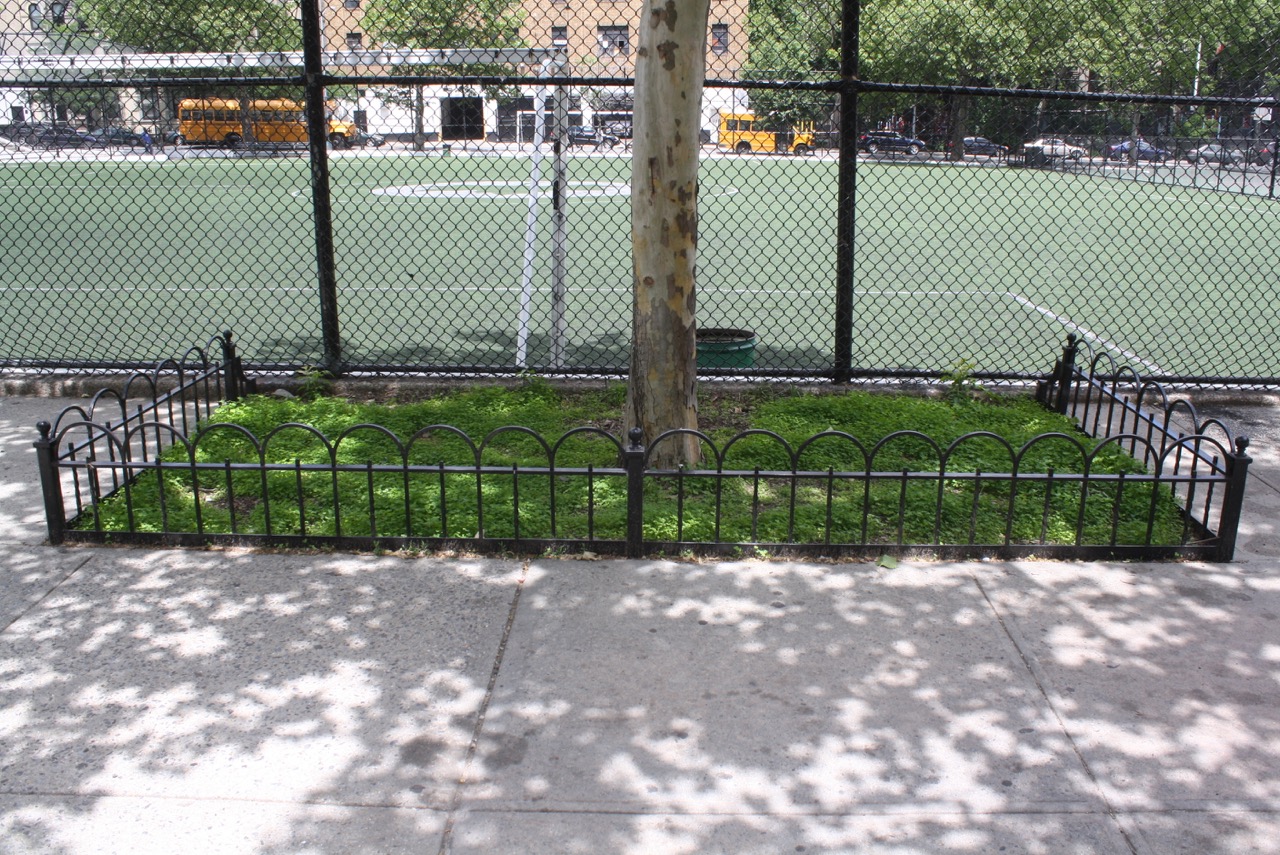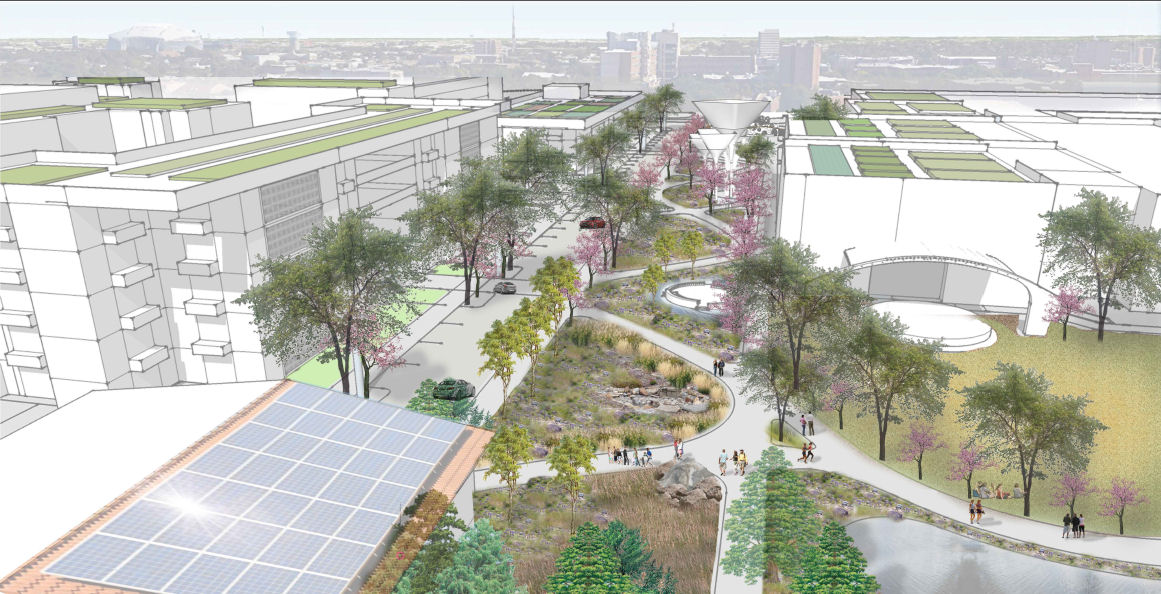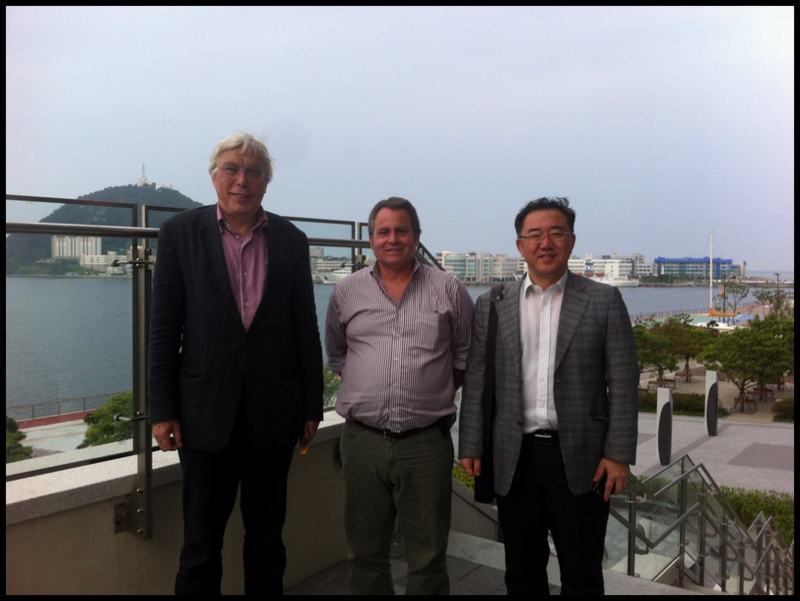
From left: Dr. Jürgen Pietsch of HafenCity Universität, me, and Dr. Hyunsuk Shin of Pusan National University outside the National Maritime Museum in Busan, South Korea
On my last day in Busan, I presented at a low impact development (LID) seminar hosted by Pusan National University for project team members and graduate students. The focus of the seminar was showing on-the-ground examples of LID. Case studies demonstrated how LID has been applied in past projects. We also discussed necessary site investigation and stormwater analyses for ensuring that LID systems will function properly. Additionally, I presented on the importance of maintaining LID systems.
In addition to my presentation, Dr. Jürgen Pietsch of HafenCity Universität in Hamburg, Germany also spoke on Smart Grid Cities. This concept can be integrated with ecologically friendly systems such as LID for a complete remake of a city.
Afterward, I took a tour of the hydraulics lab at Pusan National University, and I received a demonstration of the rainfall simulator, developed by Dr. Hyunsuk Shin. The rainfall simulator can vary rainfall intensities through real-time computer control. To more accurately reflect natural rainfall conditions, each rainfall head can move back and forth (a side-to-side movement), and the simulator can add wind effects.
Additionally, the bottom of the simulator can pitch from a level position, so the effect of rainfall on a sloped surface can be evaluated. Reusable modules can be loaded with material, such as the various layers of a permeable pavement section, to evaluate how rainfall will drain through these systems. The modules have about a 1 m2 (3 ft2) footprint and are approximately 0.75 m (2.5 ft) high. There are clear plastic windows in the module that allow you to see the downward movement of water in the section.
The amount of runoff generated by rainfall events in the simulator can be easily measured. Dr. Shin plans to use his rainfall simulator to verify runoff curve numbers that are currently suggested for permeable surface LID systems in the U.S. or make adjustments as needed. Dr. Shin will be making a presentation on his rainfall simulator at the 2013 LID Symposium in Minneapolis in August.
I will be signing a memorandum of understanding with Dr. Shin and the university’s LID research group to provide consulting services. I will serve primarily as a peer reviewer of LID designs from other consultants and contractors in South Korea as part of his project. I have also been asked to review the layout and proposed research methodologies for the university’s LID research facility to be constructed later this year. K-Water is reviewing LID concepts and designs for Eco Delta City. So, I had discussions with both K-Water and the Land & Housing Institute on providing consulting services for LID designs on future housing projects.

The view from an overlook at Taejondae Cliff Park located on the southeastern coast of Busan, South Korea
In the afternoon, we visited Taejondae Cliff Park located on the southeastern coast of Busan. Though the trip involved a lot of walking, the cliffs offered a spectacular view of the ocean. Many, especially younger people, hiked down to the rock cliffs and took turns sitting on the edge of the cliff so a friend could take their picture. Not something I would want to do. On a clear day, you are able to see a Japanese island, located approximately half way between South Korea and Japan. It is not the same island chain that the two countries are fighting over.
After a walk in the park, we visited the National Maritime Museum in Busan. It is part aquarium but also includes a historical perspective of Korea’s relationship with the sea. Lastly, we enjoyed another great Korean meal at steakhouse overlooking Busan Harbor.

